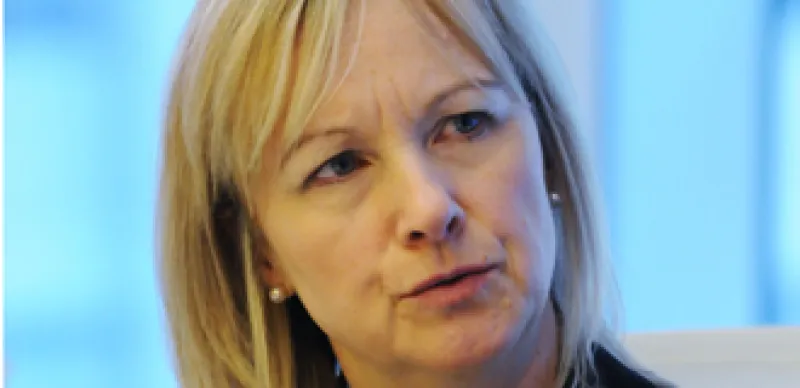
1 Why did Canada’s banks come through the crisis so well?
When the crisis hit, Canadian banks were well above the Basel requirements. So, capital was a big reason. So was the approach to supervision — the amount of attention you’re giving to institutions on a daily basis. There’s also a big difference between the Canadian mortgage market and the U.S. mortgage market. We don’t have tax deductibility of interest payments. That means there was less incentive to take really big mortgages in Canada. The other thing that allowed us to sleep at night was that high-ratio mortgages, where you have less than 20 percent down, have to be insured, and the major player there is a Crown corporation, so it’s government guaranteed. As a result of that, there was a very low capital charge, and very little incentive to securitize.
2 How does a banking supervisor maintain a tough stance and avoid being captured by the industry?
You have to have a very clear mandate with accountability so that you know if there’s ever a problem, people are going to go back and ask a ton of questions. Our mandate says we have to know the financial condition of individual institutions. It would have been very hard to explain yourself if you adopted the theory of rational markets and decided not to be very involved with institutions’ risk-management practices.
3 Do you think structural measures of the kind proposed by Paul Volcker will help?
He caused a lot of people to focus on the risks posed by some of the capital markets businesses the banks have. Is the way to deal with that risk to ban that activity, or to do it through capital rules? We know that capital was insufficient for some of the activities that were going on, and a major effort is under way through the Basel committee to address that. We may be in a situation where the capital rules are going to have quite an impact on banks’ appetite to do this kind of business.
4 Are you concerned that capital requirements might be raised too high?
In Canada, we had a lot of capital going into this crisis, but banks subsequently raised a lot more, and they were able to raise a lot more because the market had confidence in them. I would say it’s probably too much to ask a bank to have enough capital to get through Armageddon. But you have to have enough capital to present yourself to the marketplace and be able to raise more in those very extreme tail-type events.
5 Is there a way to tackle “too big to fail”?
Aside from living wills, which I think are quite important, the main concept we’ve been talking about is contingent capital. By that I mean having a huge chunk of subordinated debt, perhaps as large as your tier one, that would convert into equity before a government put any money into an institution. That would dole out penalties to subordinated debt holders, who would become equity holders, and to equity holders at the time of conversion, who would be seriously affected.






